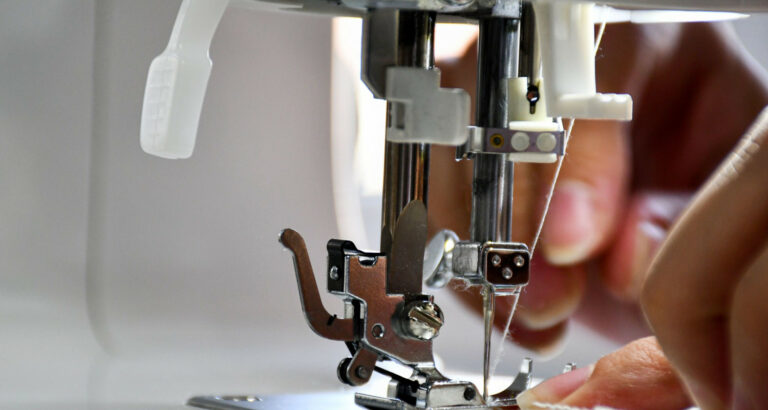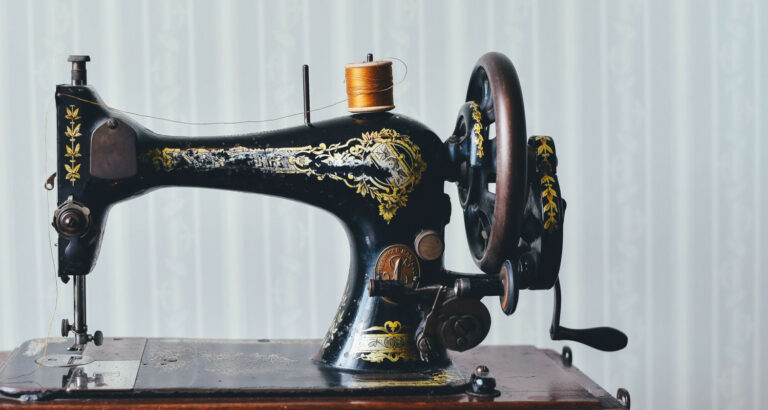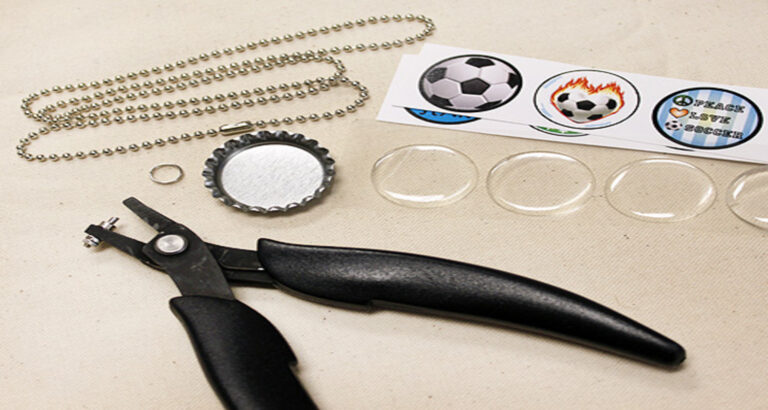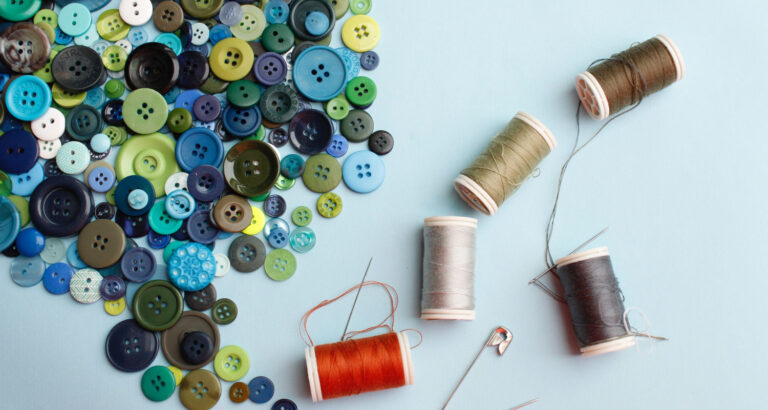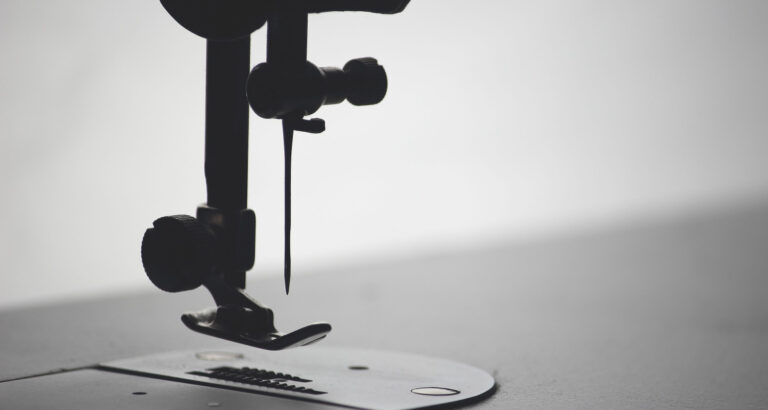Are you embarking on a sewing journey or upgrading your sewing arsenal? Understanding sewing machine costs is essential. This comprehensive pricing guide on “how much do sewing machines cost” unravels the diverse world of sewing machine prices, helping you make a well-informed investment in your creative endeavors.
Sewing machine prices vary widely, with entry-level models costing around $100 to $300, mid-range machines ranging from $300 to $800, and high-end or specialized machines costing several hundred to several thousand dollars. Your budget, sewing needs, and desired features will determine your ideal sewing machine.
This article on sewing machine costs is essential for anyone considering a machine purchase. It offers invaluable insights into the diverse pricing landscape, helping you choose the suitable machine that aligns with your budget and sewing aspirations. Make an informed investment and start your sewing journey on the right stitch.
For what reason Do Sewing Machines Fluctuate in Cost?
Sewing machines, intended for a typical reason, can fluctuate fundamentally in cost. A few variables add to these cost distinctions, making it fundamental to comprehend what drives the expenses. Here, we’ll dig into the elements that impact sewing machine costs:
Machine Type:
The type of sewing machine fundamentally influences its cost. Essential mechanical devices intended for straightforward sewing assignments are regularly more reasonable. 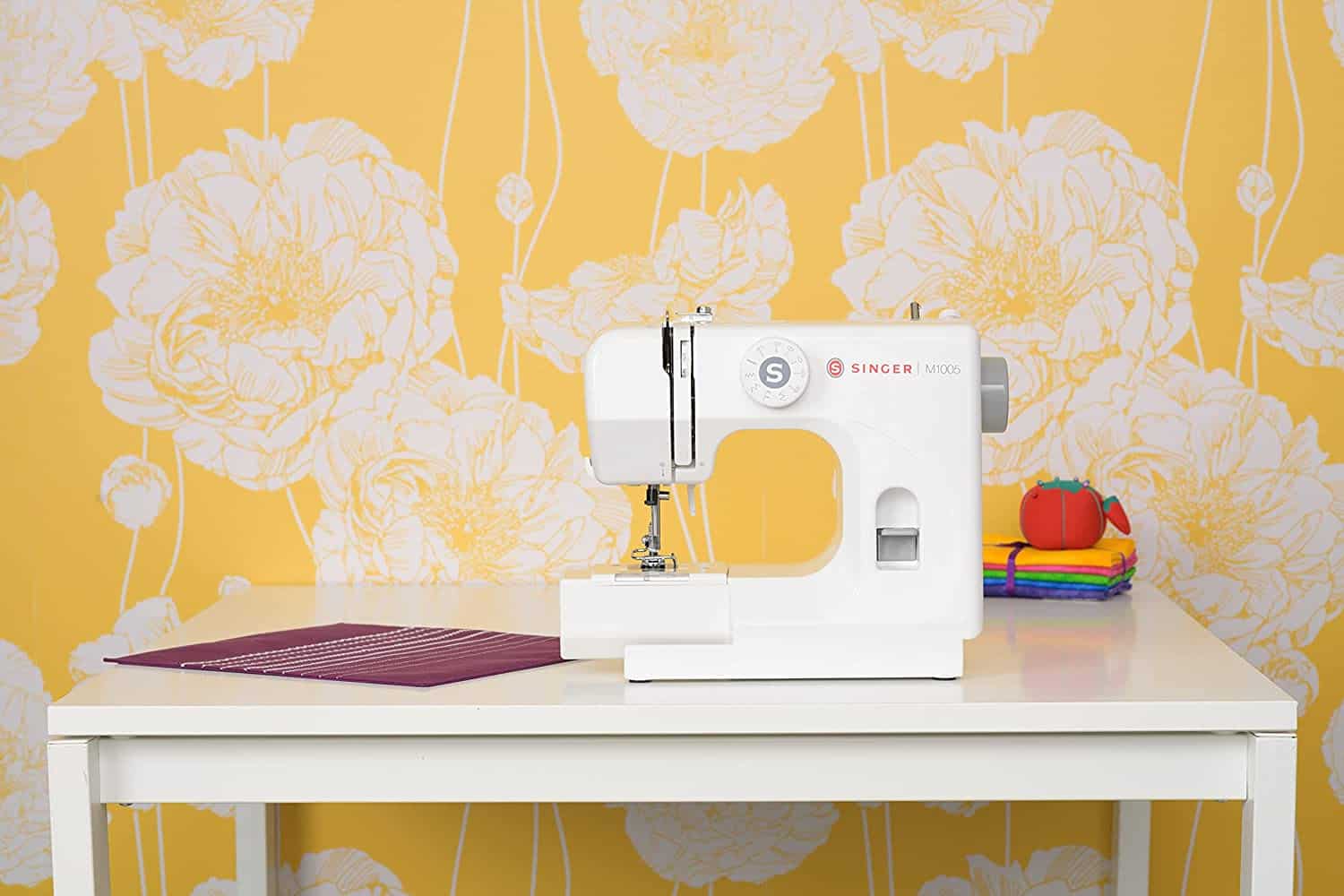 On the other hand, modernized or weaving machines with cutting-edge elements and capacities are pricier because of their qualities. You can also Check out how to Make Your Own Sewing Patterns.
On the other hand, modernized or weaving machines with cutting-edge elements and capacities are pricier because of their qualities. You can also Check out how to Make Your Own Sewing Patterns.
Brand:
Branded ones are also expensive.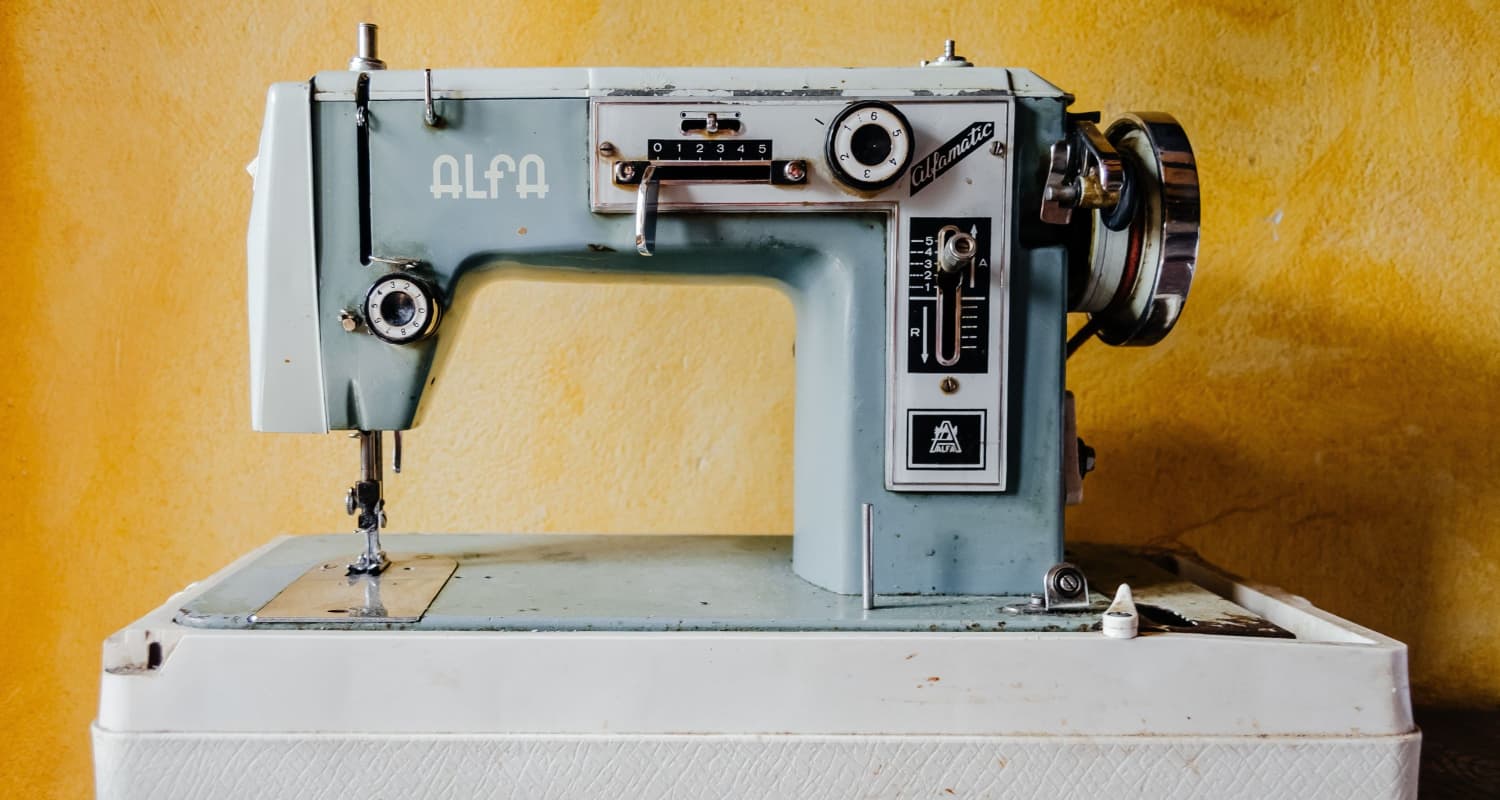 The brands are trusted for their quality, solidness, and client assistance.
The brands are trusted for their quality, solidness, and client assistance.
Purpose :
Different sewing machines are intended for various purposes. 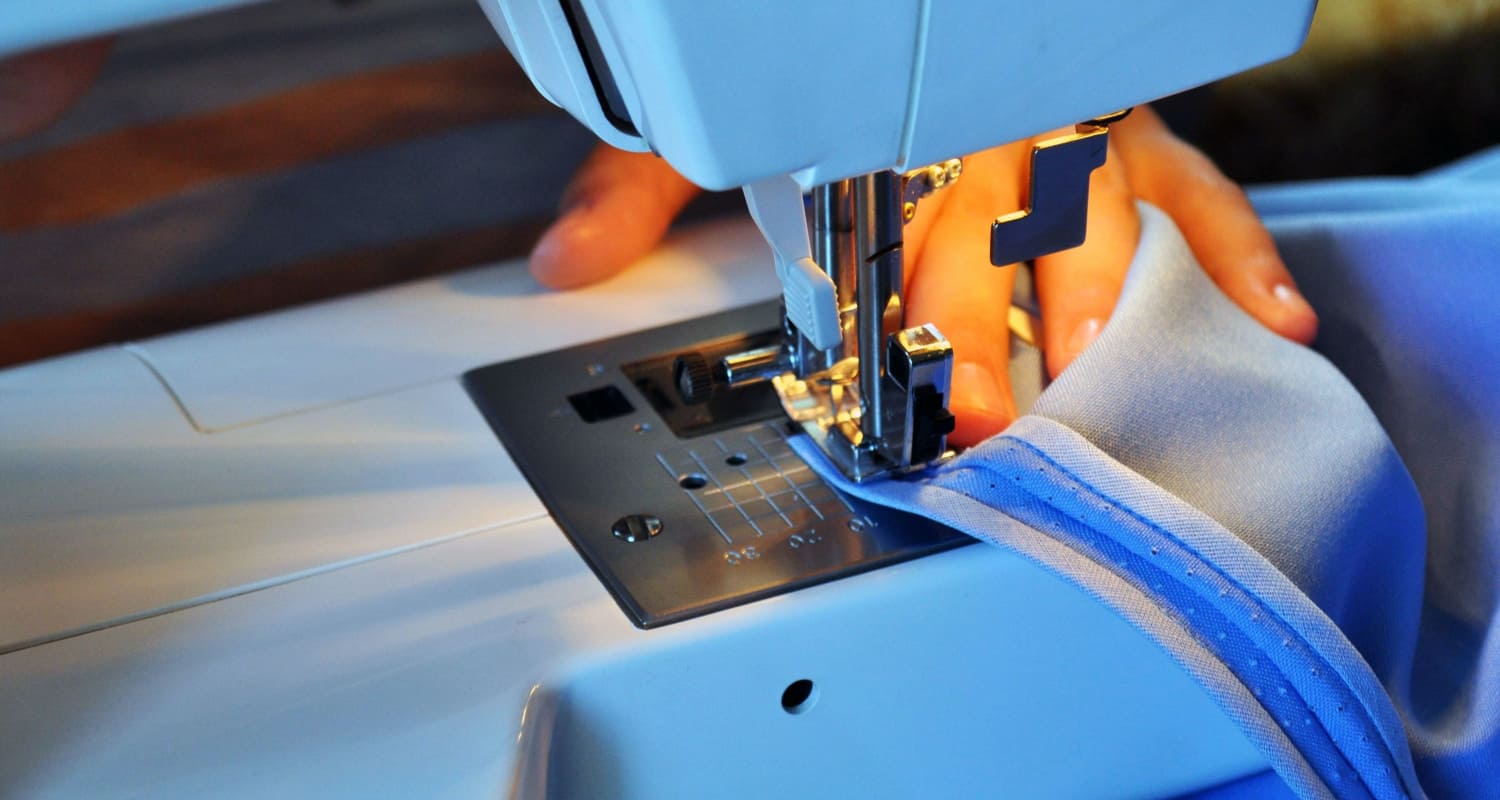 An essential sewing machine for regular clothing fixes will be more affordable than a modern or specific machine implied for hard-core work or high-level weaving.
An essential sewing machine for regular clothing fixes will be more affordable than a modern or specific machine implied for hard-core work or high-level weaving.
Highlights and Frill:
The number and refinement of highlights incredibly influence the cost. Machines with many lines, movable settings, programmed stringing, and worked-in weaving plans are more costly.
Machines with many lines, movable settings, programmed stringing, and worked-in weaving plans are more costly.
Sewing Pace and Engine Power:
Higher sewing pace and engine power increase the machine’s cost. 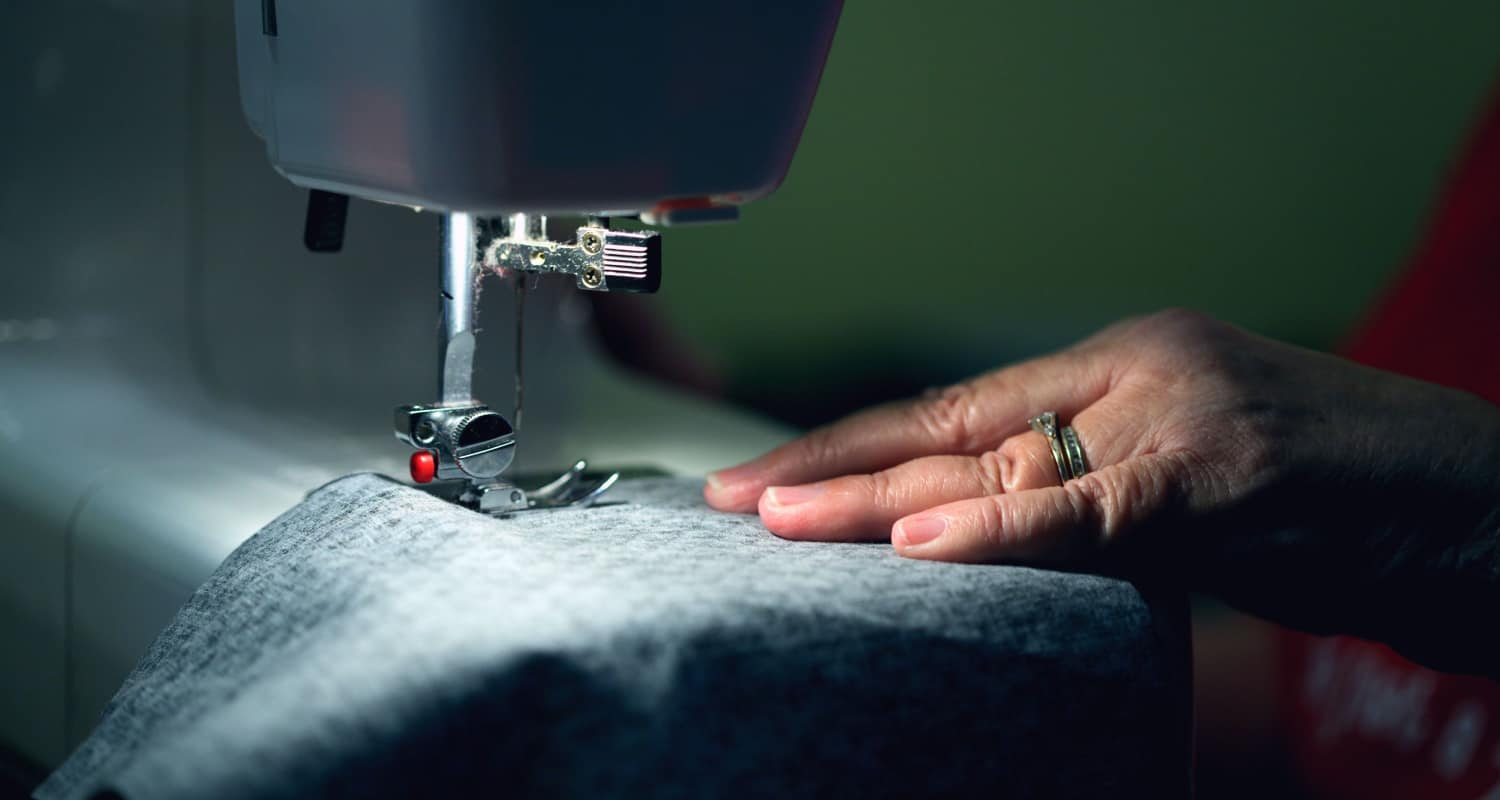 Modern sewing machines, which are worked for speed and proficiency, are ordinarily more costly than home sewing machines.
Modern sewing machines, which are worked for speed and proficiency, are ordinarily more costly than home sewing machines.
See Also: What Is A Nap In Sewing? Understanding Sewing Terminology
Assemble Quality and Solidness:
Solid materials and development procedures can make a sewing machine more costly. 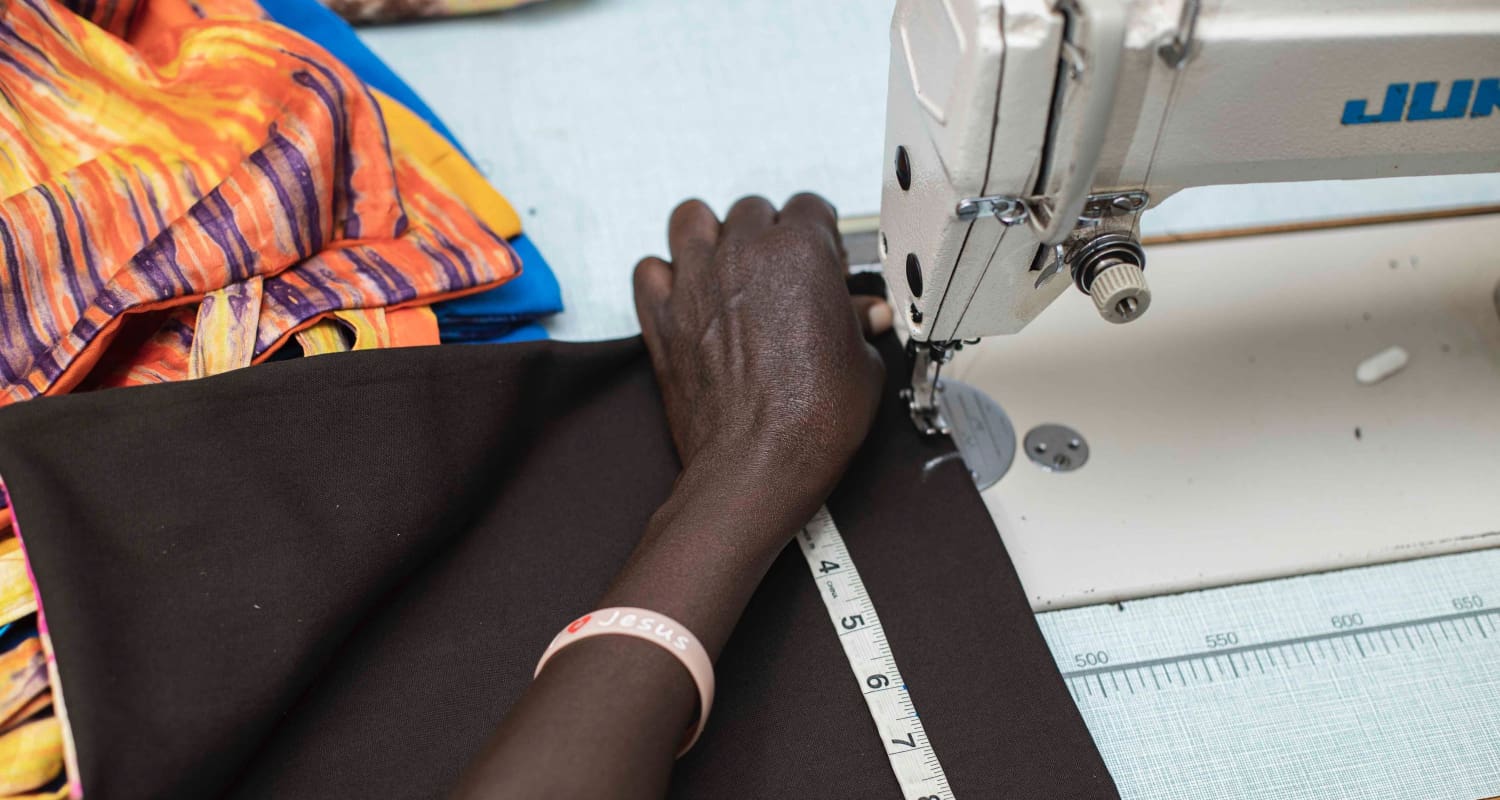 Machines worked to endure weighty use or produced using excellent metal parts will quite often cost all the more; however, they offer a better life span.
Machines worked to endure weighty use or produced using excellent metal parts will quite often cost all the more; however, they offer a better life span.
Guarantee and Backing:
Sewing machines with extended guarantees and excellent client care administrations might accompany higher cost tags. 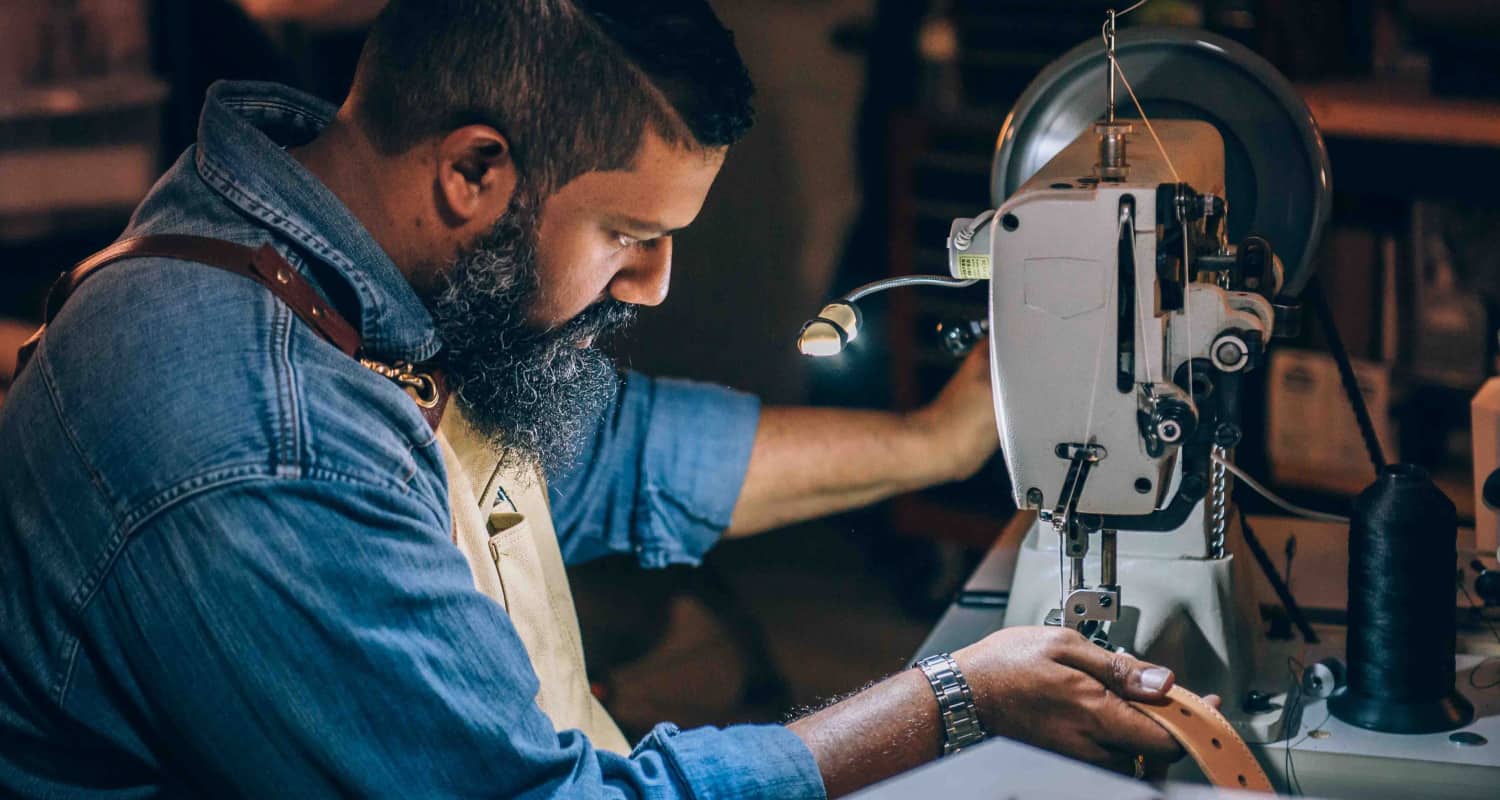 These highlights guarantee genuine serenity and help with instances of specialized issues.
These highlights guarantee genuine serenity and help with instances of specialized issues.
Movability and Size:
Minimal, compact machines are more reasonable than bigger, heavier ones.  The size and weight of a sewing machine can impact its cost, mainly if it’s intended for a simple vehicle.
The size and weight of a sewing machine can impact its cost, mainly if it’s intended for a simple vehicle.
Age and Innovation:
More established sewing machine models may be more reasonable because of obsolete innovation and fewer elements, even from respectable brands. 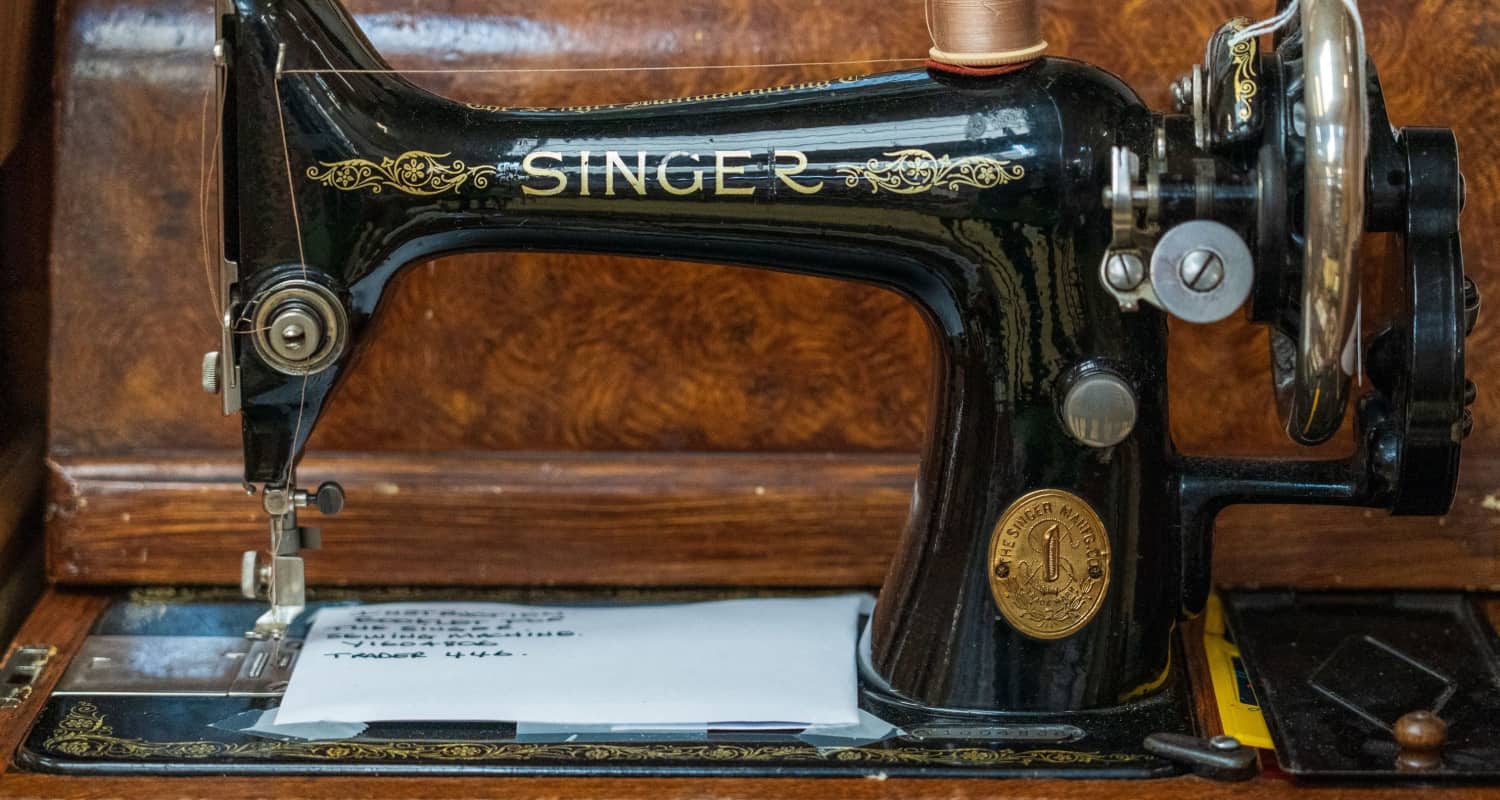 Fresher models with trend-setting innovation and advancements will generally cost more.
Fresher models with trend-setting innovation and advancements will generally cost more.
Market Interest and Accessibility:
Occasional interest, market patterns, and accessibility can affect sewing machine costs. 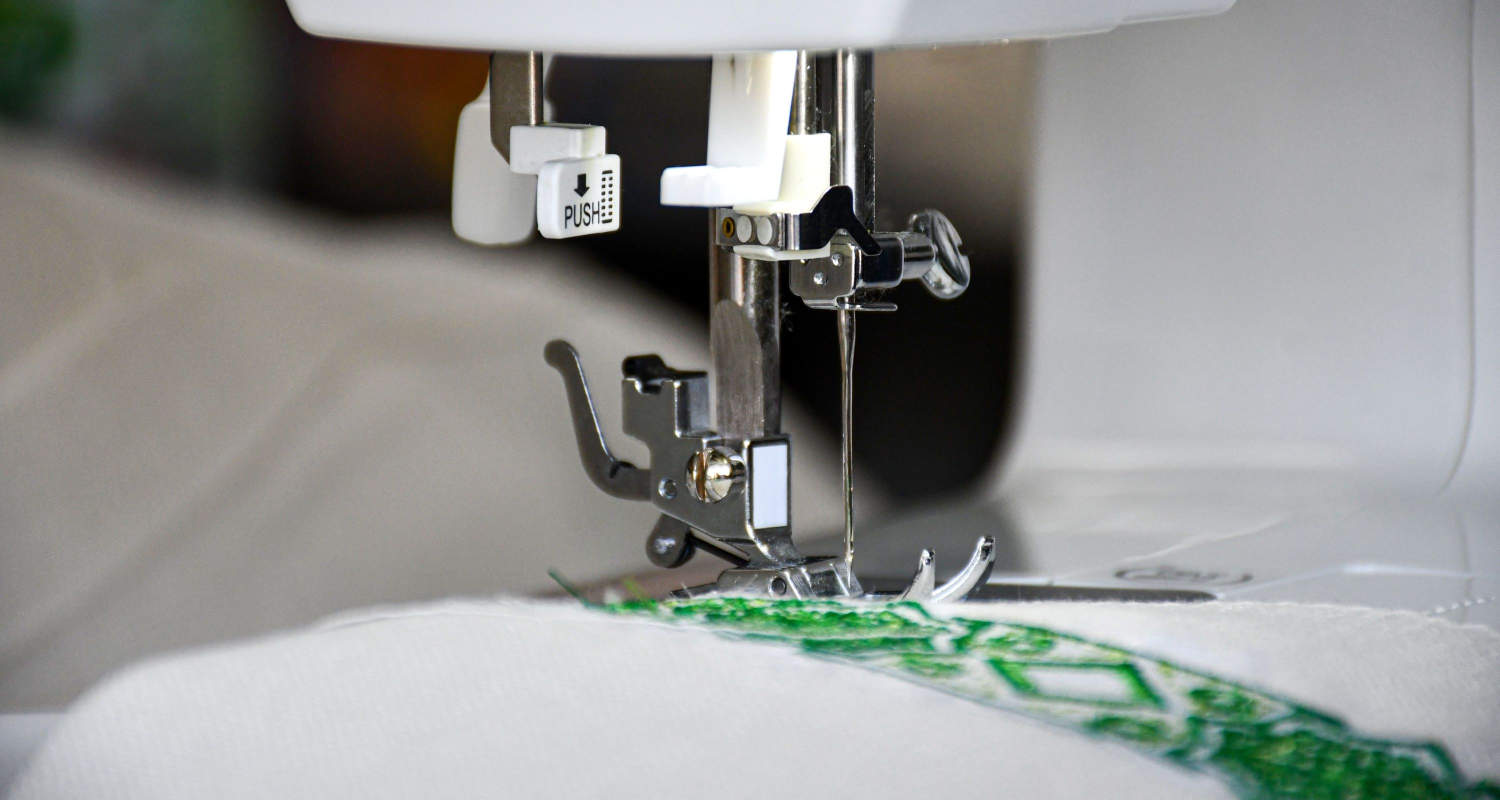 During appeal periods or restricted accessibility, prices might increase.
During appeal periods or restricted accessibility, prices might increase.
Deals and Advancements:
Timing your buy can set aside your cash. Sewing machine makers and retailers frequently offer deals, limits, and special bundles that diminish costs. If you wanna know how to Read A Sewing Pattern, Check out this.
Mechanical versus Automatic
Mechanical and automatic sewing machines take care of various sewing needs and inclinations, and their expenses and elements differ appropriately. 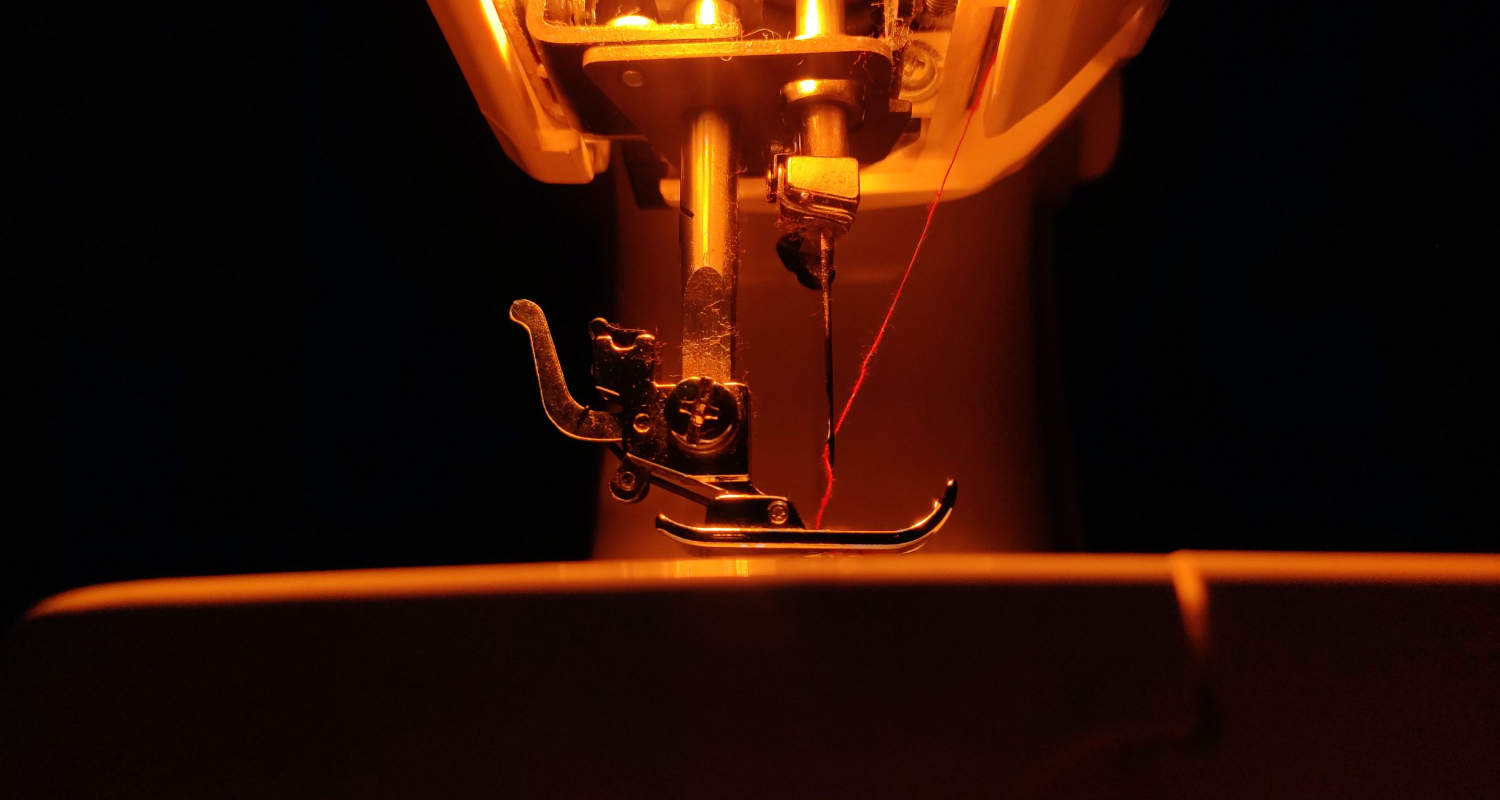 Here, we’ll contrast the two kinds to assist you in pursuing an educated decision:
Here, we’ll contrast the two kinds to assist you in pursuing an educated decision:
Mechanical Sewing Machines
Take a look.
Cost:
– Mechanical sewing machines are often less expensive compared to their automatic competitors.  They are a phenomenal decision for those searching for a reasonable sewing arrangement without the extravagant accessories of computerized innovation.
They are a phenomenal decision for those searching for a reasonable sewing arrangement without the extravagant accessories of computerized innovation.
Highlights:
– Effortlessness is a key feature of mechanical sewing machines. They offer fundamental line choices, frequently restricted to straight fastens, crisscross, and other fundamental joins.
– Mechanical machines are physically worked, depending on dials, handles, and switches to control fasten length, width, and pressure.
– They have fewer underlying highlights, with insignificant computerization and no advanced showcases or touchscreens.
– Mechanical machines are direct and easy to understand, making them an excellent decision for beginners and individuals who favor a customary sewing experience.
– Support is ordinarily more direct and practical, as they have fewer electronic parts that can glitch.
See Also: How Does A Sewing Machine Work? A Detailed Explanation
Automated Sewing Machines:
Take a look.
Cost:
– Automatic sewing machines will generally be more costly than mechanical ones. The fuse of trend-setting innovation and extra elements adds to the cost tag.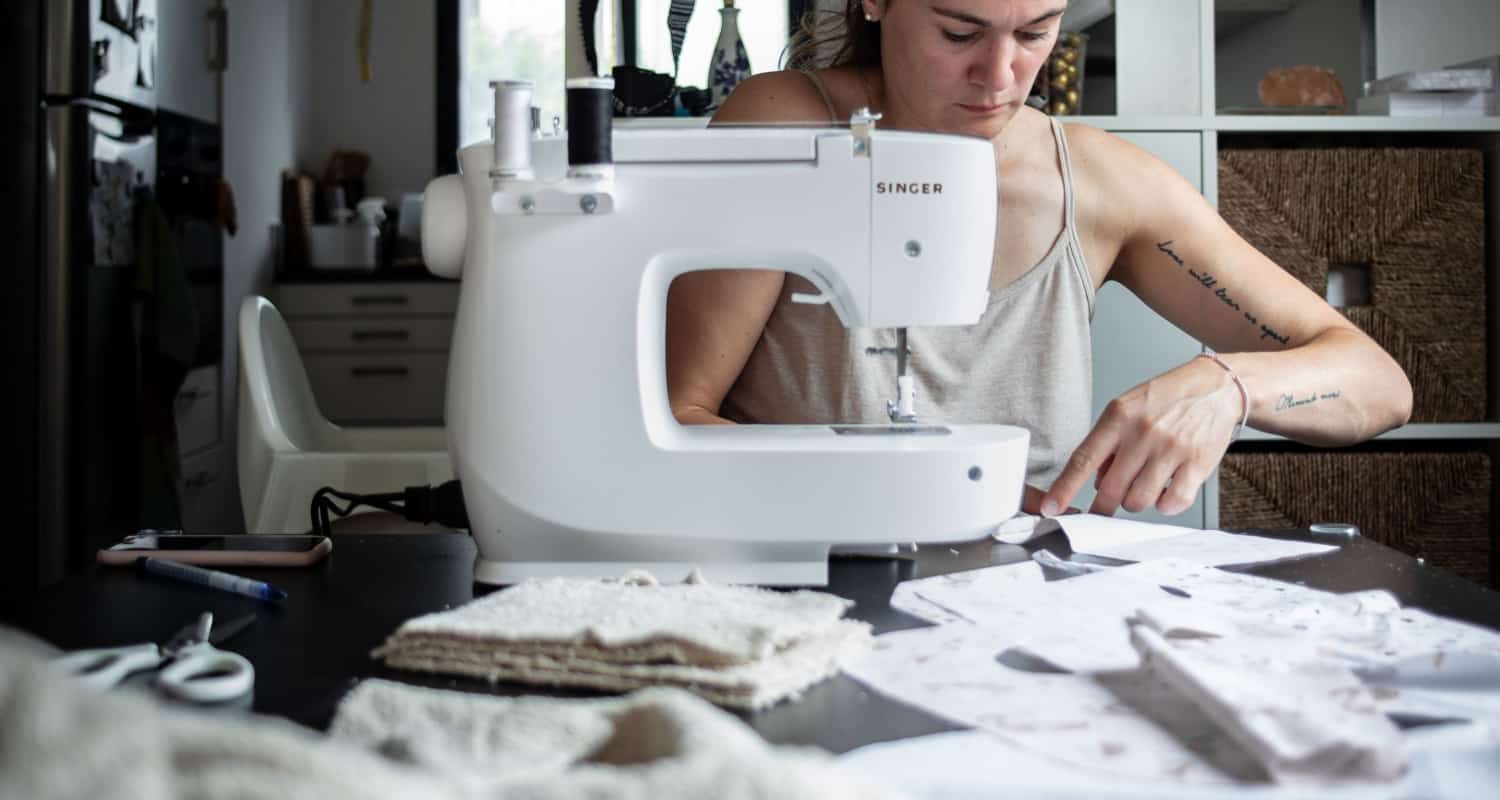
– Passage-level electronic models are accessible at a moderate expense, while the top-of-the-line, highlight-rich machines can be pricier.
Highlights:
- Automatic machines offer many fastening and customization choices, frequently including beautifying and weaving joints.
- They have computerized showcases or touchscreens that simplify choosing and changing lines, joining length, width, and settings.
- Many automatic machines accompany memory capacity for saving and reviewing custom line examples and weaving plans.
- These machines are reasonable for the two fledglings and experienced sewers, offering an expectation to learn and adapt for the individuals who wish to investigate progressed methods.
- Automatic machines frequently have an underlying PC network, considering programming updates and configuration moves from a PC.
Picking Among Mechanical and Automatic:
- Expertise Level: Mechanical machines are direct and ideal for beginners or people who lean toward a fundamental sewing experience. Automatic machines take special care of a more extensive expertise range, offering effortlessness for fledglings and high-level elements for experienced sewers.
- Spending plan: Consider your financial plan while picking between the two. Mechanical machines are financial plan cordial, while modernized models offer a more extensive cost range.

- Sewing Needs: Evaluate your sewing needs. A mechanical machine might do the trick if you require straight join for a fundamental piece of clothing development and fixes. Automatic machines will be a superior fit if you intend to investigate brightening sewing, weaving, stitching, and customization.

- Accommodation: Automatic machines give comfort computerization highlights, advanced showcases, and customization choices. An electronic model might merit the venture if convenience and efficient highlights are critical to you.
- Future Objectives: Think about your drawn-out sewing objectives. An electronic machine offers greater flexibility if you imagine growing your sewing abilities and investigating different methods.
Section Level Sewing Machines:
Section-level sewing machines are a fantastic decision for beginners, easygoing sewers, or those on a tight spending plan. They offer an easy method for beginning with sewing without overpowering clients with complex highlights.
Cost:
Reasonable: Section-level sewing machines are commonly evaluated between $100 and $300, making them the most efficient choice in the sewing machine market. 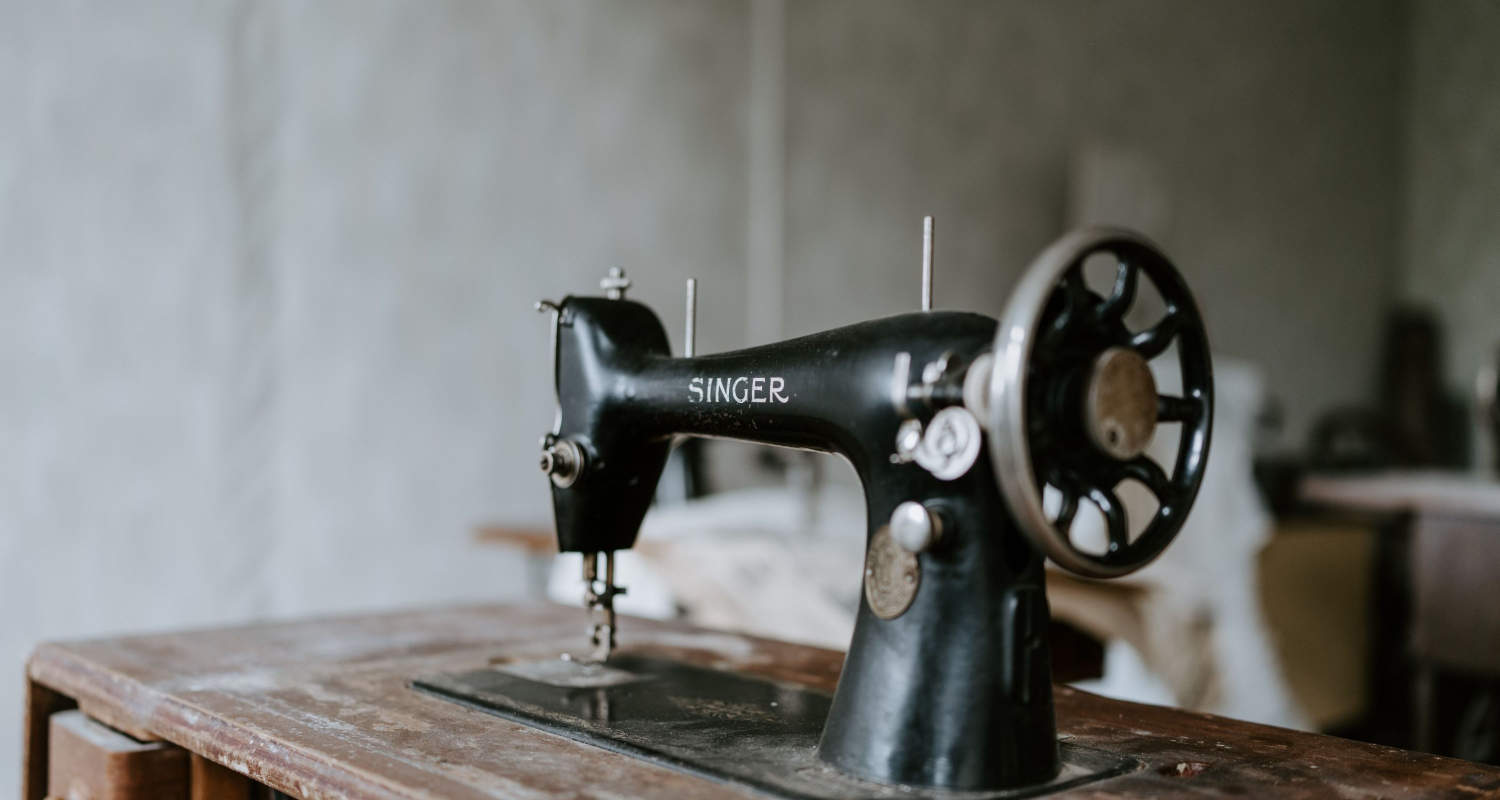 This reasonableness is one of their essential benefits, making sewing open to many people.
This reasonableness is one of their essential benefits, making sewing open to many people.
Highlights:
- Fundamental join: section-level machines give fundamental lines, like straight fastens, crisscross join, and essential buttonhole lines. While the line assortment is restricted contrasted with better quality models, these join cover the principal sewing needs for ordinary errands.
- Manual Activity: These machines are frequently physically worked, expecting clients to change settings like line length, width, and strain utilizing dials and handles. This manual control permits beginners to learn and grasp the basics of sewing.
- Easy to use: Section-level machines are intended to be easy to use, with improved controls and direct stringing frameworks. Therefore, they are appropriate for beginners who are simply beginning to investigate the universe of sewing.
- Lightweight and Convenient: These machines are commonly lightweight and reduced, making them simple to move and store. This versatility is advantageous for clients with restricted sewing space or individuals who need to take their machine to sewing classes or studios.
- Restricted Additional Elements: Section-level machines, for the most part, have fewer additional highlights and frills contrasted with higher-level models. While they might need progressed robotization, these machines can handle fundamental sewing projects.
- Toughness: While section-level machines might have a different degree of strength than better quality models, they can, in any case, offer dependable execution for regular sewing undertakings and beginner projects.
Mid-Range Sewing Machines:
Mid-range sewing machines offer harmony among reasonableness and flexibility. These machines take special care of sewers who have acquired some insight and are searching for further developed elements and capacities. Also, Get the best sewing tips here. Here is a more intensive glance at the expense and details of mid-range sewing machines:
Cost:
Moderate Value Reach: Mid-range sewing machines regularly fall in the value scope of $300 to $800. 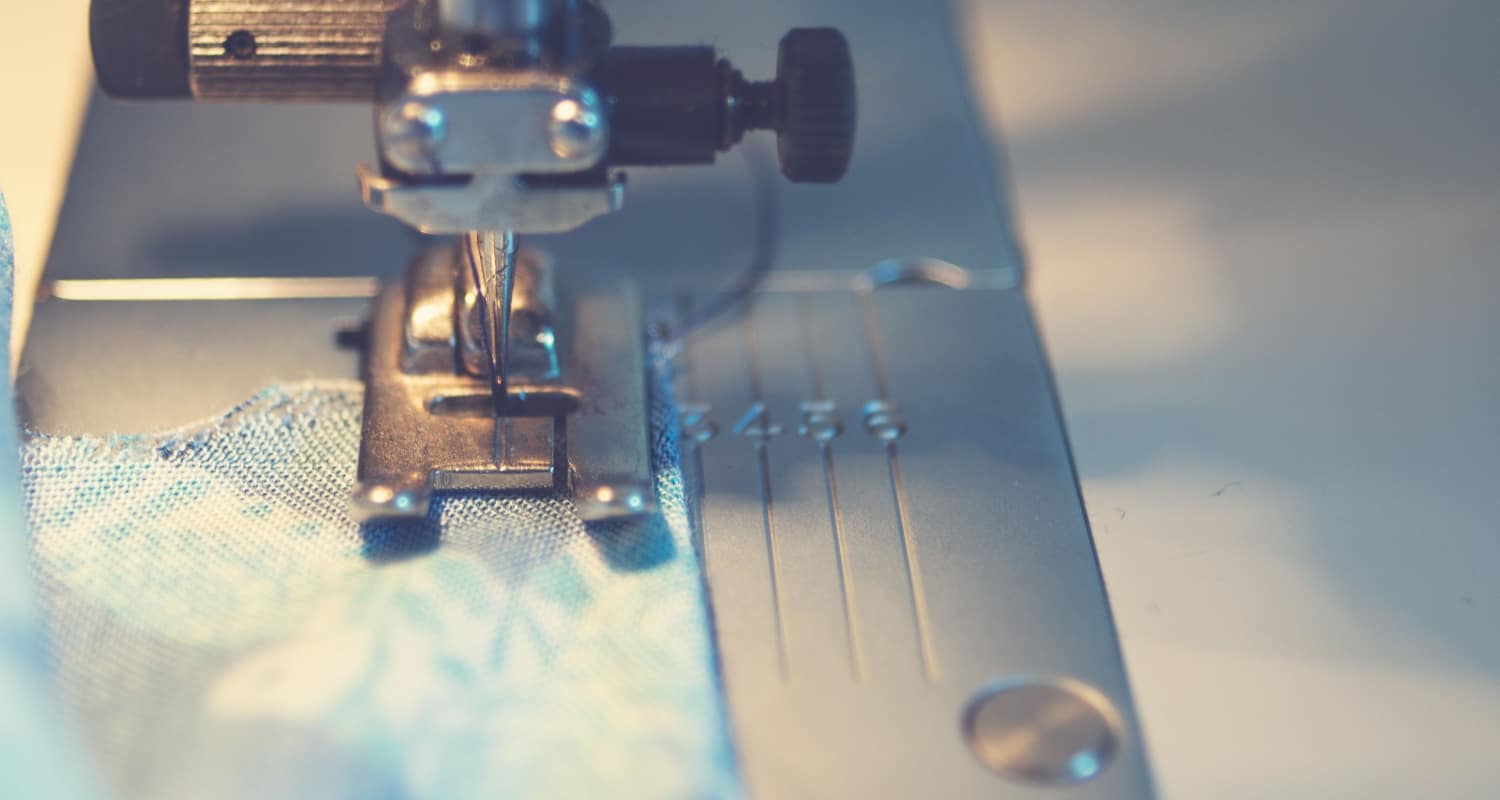 While they are pricier than section-level machines, they offer a more extensive range of elements and customization choices.
While they are pricier than section-level machines, they offer a more extensive range of elements and customization choices.
Highlights:
- Extended Line Determination: One of the vital benefits of mid-range machines is the more extensive assortment of implicit join accessible. They frequently incorporate enhancing, sewing, and weaving lines, permitting clients to investigate a more extensive scope of imaginative ventures.
- Computerized Controls: Numerous mid-range machines have advanced presentations or touchscreens, making it simple to choose and change join, line length, width, and different settings. This computerized interface upgrades client comfort and accuracy.
- Automation Features: Automation features are standard in mid-range machines. They may include automatic threading, thread cutting, and speed control. These features streamline the sewing process and save time.
- Memory Functions: Some mid-range models offer memory storage for saving and recalling custom stitch patterns or embroidery designs, providing additional creative flexibility.
How much do sewing machines cost Top of the line and Concentrated Sewing Machines:
Top-of-the-line and concentrated sewing machines are intended for experienced sewers, experts, and people with explicit sewing needs. These machines offer high-level elements, accuracy, and customization choices. Here is a concise outline of their expense and highlights:
Cost:
Wide Value Reach: Top-of-the-line and concentrated sewing machines can fluctuate broadly in cost, going from a few hundred bucks to a few thousand dollars.  The expense relies upon the machine’s brand, type, and intricacy.
The expense relies upon the machine’s brand, type, and intricacy.
Highlights:
High-level Sewing Capacity: These machines offer many high-level fastens, including complex lines, weaving examples, and stitching plans.
Computerized Innovation: Top-of-the-line models are outfitted with advanced showcases or touchscreens for simple join determination, customization, and exact changes.
Mechanization and Accuracy: They frequently include robotization for assignments like programmed stringing, string cutting, and exact speed control. This mechanization upgrades effectiveness and exactness.
Particular Capabilities: Specific machines are intended for explicit purposes like weaving, stitching, or uncompromising sewing. They accompany committed elements and accomplices to succeed in their specific regions.
Excellent Development: These machines are worked with premium materials, guaranteeing solidness and long-haul, unwavering quality.
Customization and Memory: Some perfect-quality models permit clients to make and save custom line examples and weaving plans in machine memory.
Proficient Outcomes: Top-of-the-line machines are fit for creating professional quality outcomes, making them reasonable for individuals who depend on sewing for their vocation.
How much do sewing machines cost? Extra Expenses to Consider
While planning for a sewing machine, it’s fundamental to consider the extra costs past the machine’s price tag. These costs can essentially affect your general venture and sewing experience:
Extras:
Presser Foot: Different sewing methods frequently require a particular presser foot. While specific machines accompany a couple of essential presser foot, you might have to buy extra ones for errands like sewing, weaving, or working with explicit textures.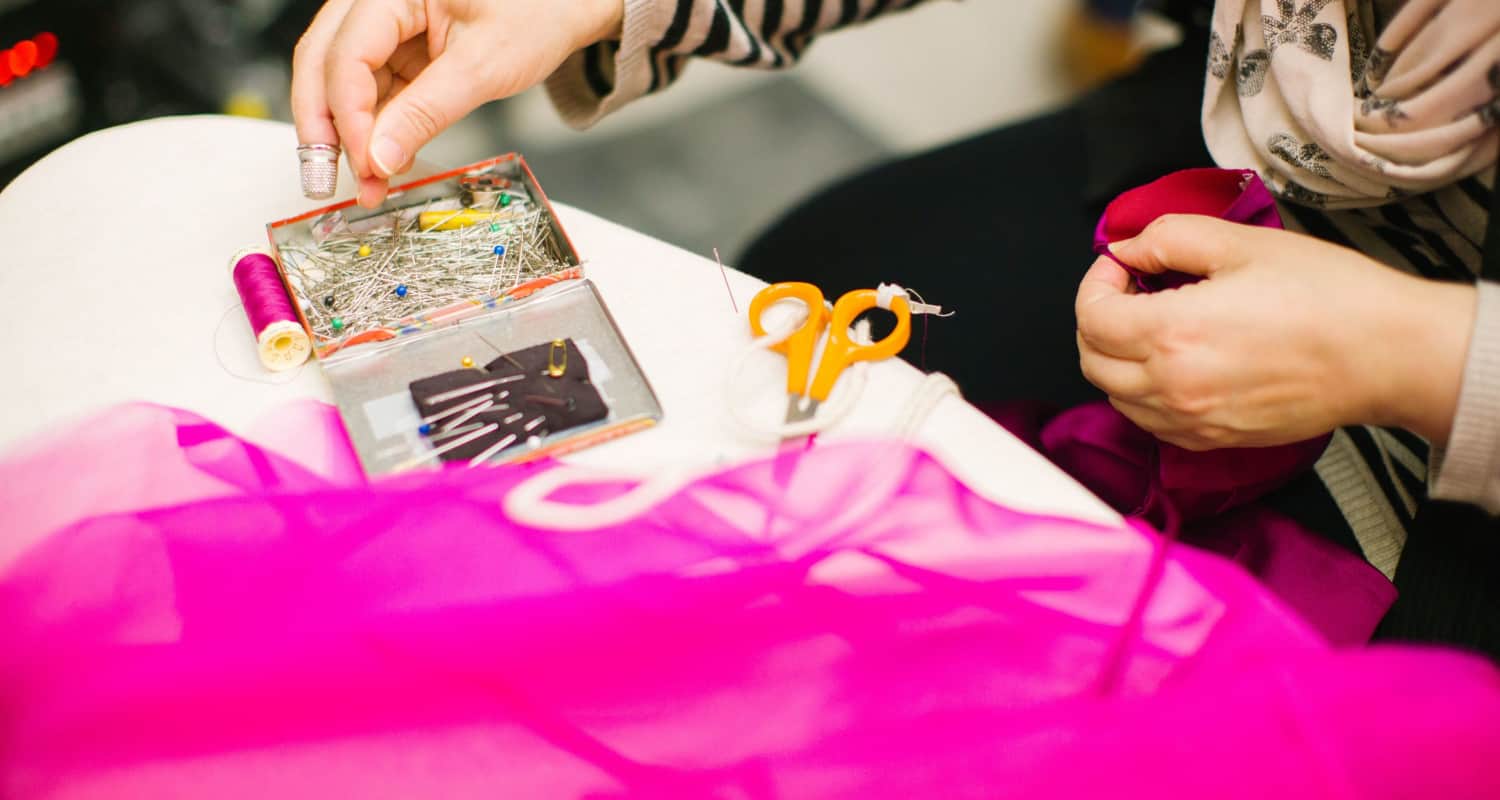
Bobbins and Needles: Loading up on additional bobbins and sewing machine needles is fitting. Various ventures require different needle types and strings, and an assortment nearby guarantees smooth sewing without interference.
String: Consider the expense of string, which can shift depending upon the kind and quality. The excellent line can further develop sewing results and lessen the gamble of string breakage.
Sewing Table or Bureau:
Based on your sewing space and tasks, you might require a sewing table or bureau to give a devoted work area and keep your sewing machine stable and agreeable. 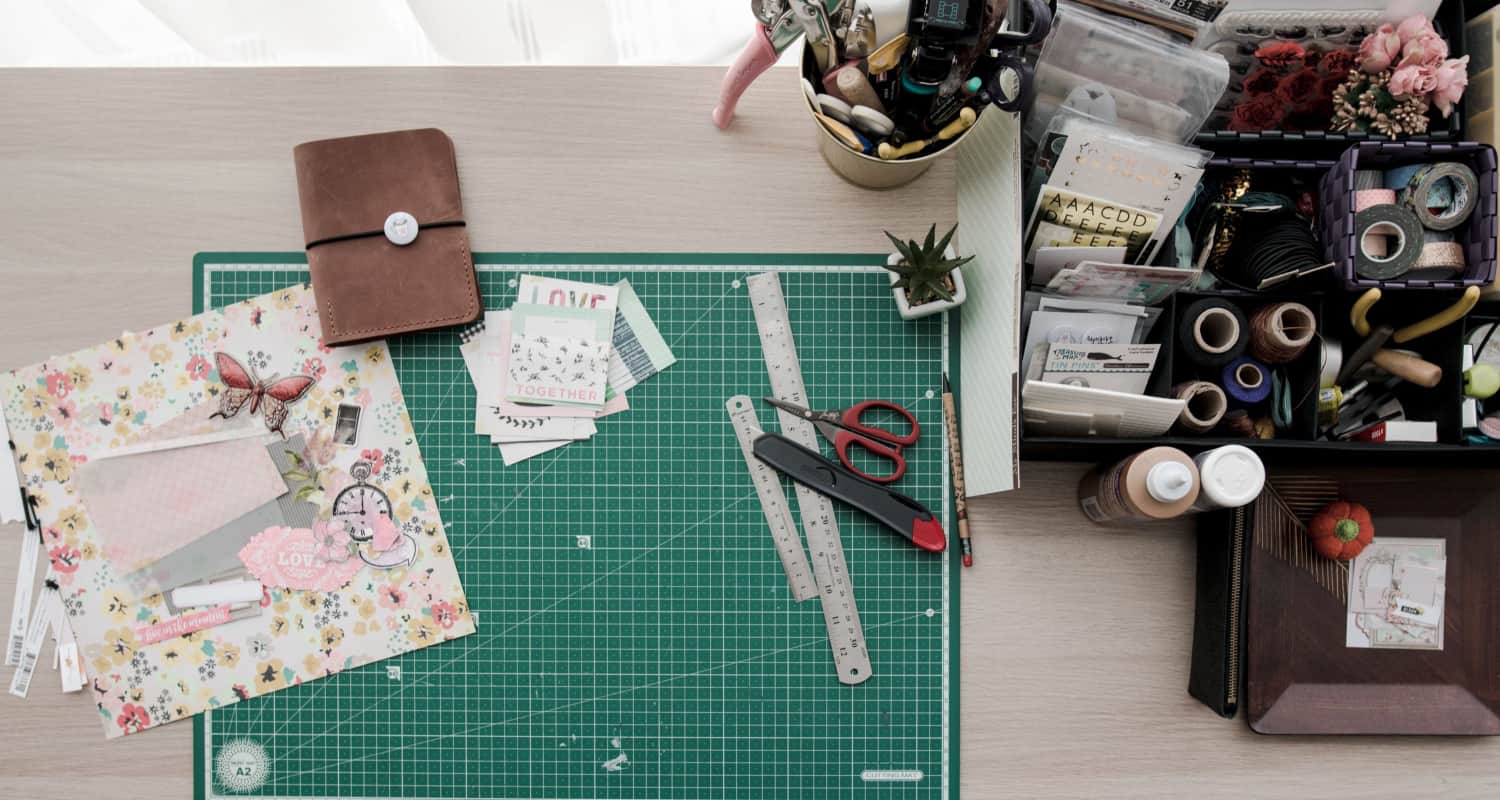 These tables or cupboards can be an extra cost.
These tables or cupboards can be an extra cost.
Support and Fixes:
Sewing machines require customary support to guarantee their capability ideally. Support expenses include oiling, cleaning, and periodic overhauling by an expert professional.  The spending plan for these average costs is to keep your machine in top condition.
The spending plan for these average costs is to keep your machine in top condition.
See Also: How To Shorten A Dress Without Sewing: Quick & Easy Guide
String and Texture Expenses:
The expense of texture and string for your sewing undertakings ought to be considered in your sewing expenses. As a result, the sum you spend on materials can shift broadly contingent upon the intricacy and size of your undertakings.
As a result, the sum you spend on materials can shift broadly contingent upon the intricacy and size of your undertakings.
Sewing Classes and Studios:
On the off chance that you’re hoping to extend your sewing abilities, consider the expense of sewing classes or studios. 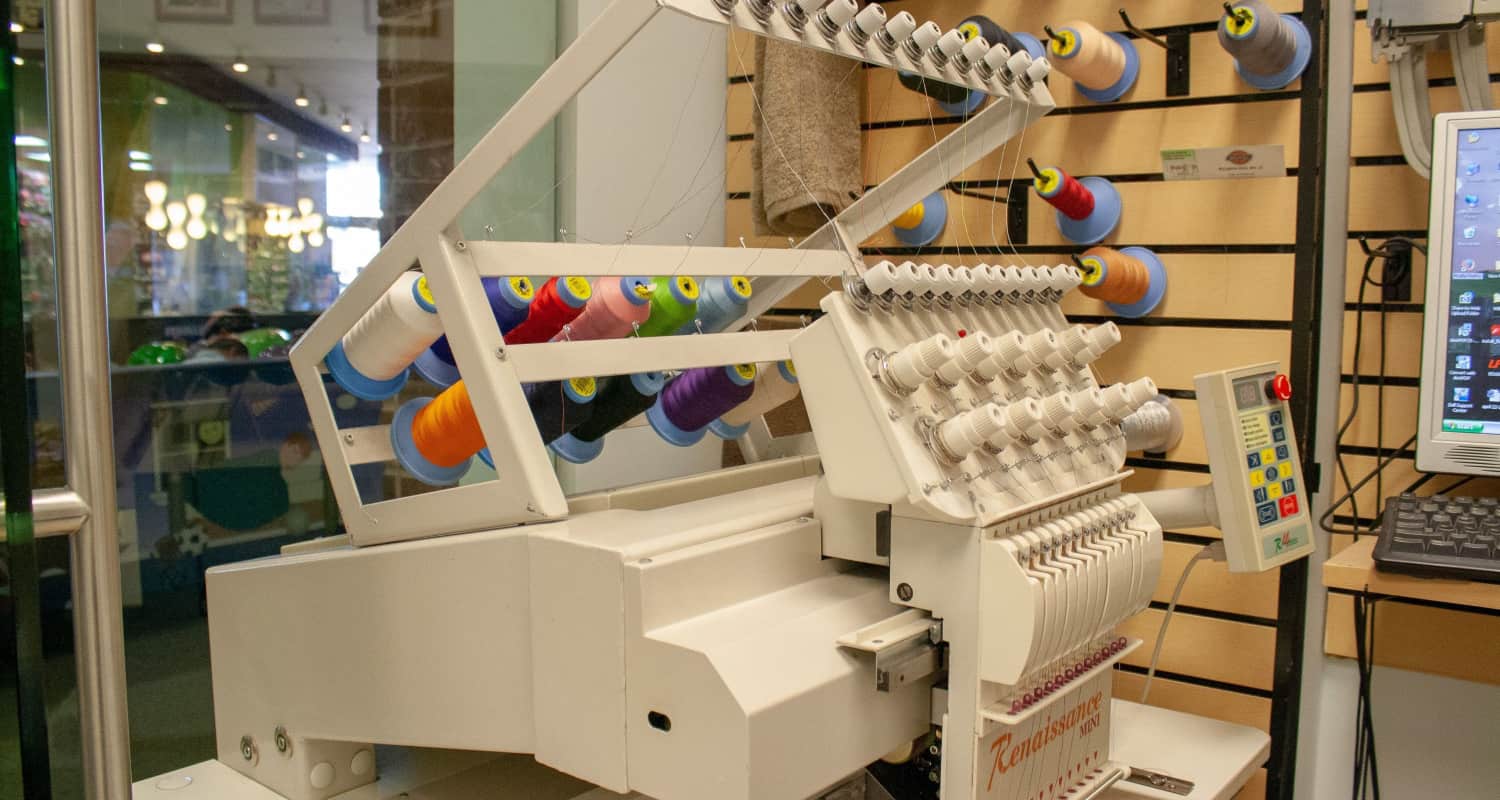 These instructive open doors can assist you with capitalizing on your sewing machine and improving your sewing abilities.
These instructive open doors can assist you with capitalizing on your sewing machine and improving your sewing abilities.
Examples and Plans:
Assuming you want to utilize examples or weaving plans, whether bought or computerized, consider the expense of securing or downloading these examples.
Programming and Digitizing Instruments:
For those with modernized or weaving machines, programming and digitizing devices might be essential to make or change weaving plans.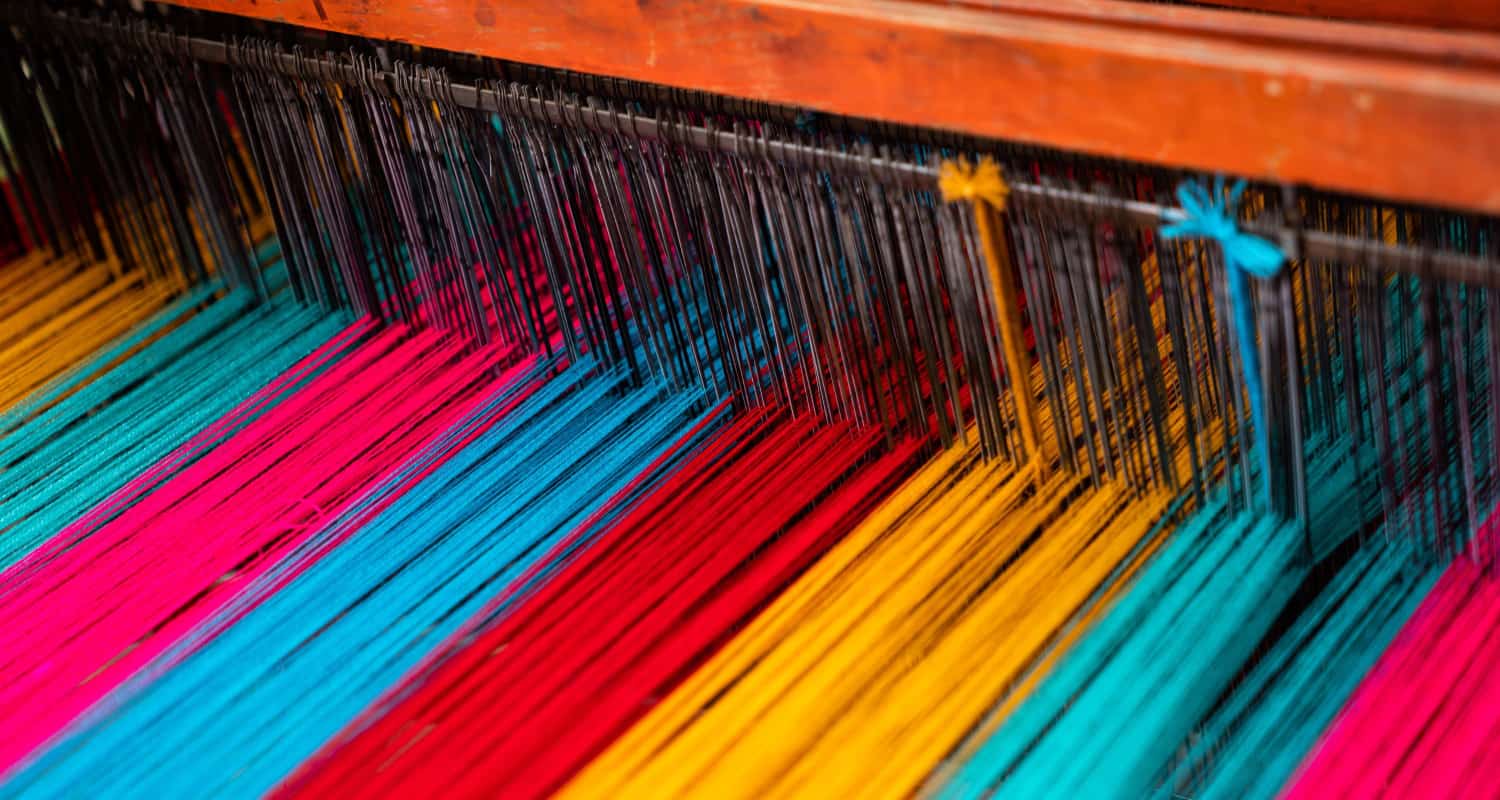 These product bundles can accompany extra expenses.
These product bundles can accompany extra expenses.
Brand and Unwavering quality
Picking a solid brand while buying a sewing machine is of principal significance. The brand you select can affect your general sewing experience, the machine’s life span, and inner harmony.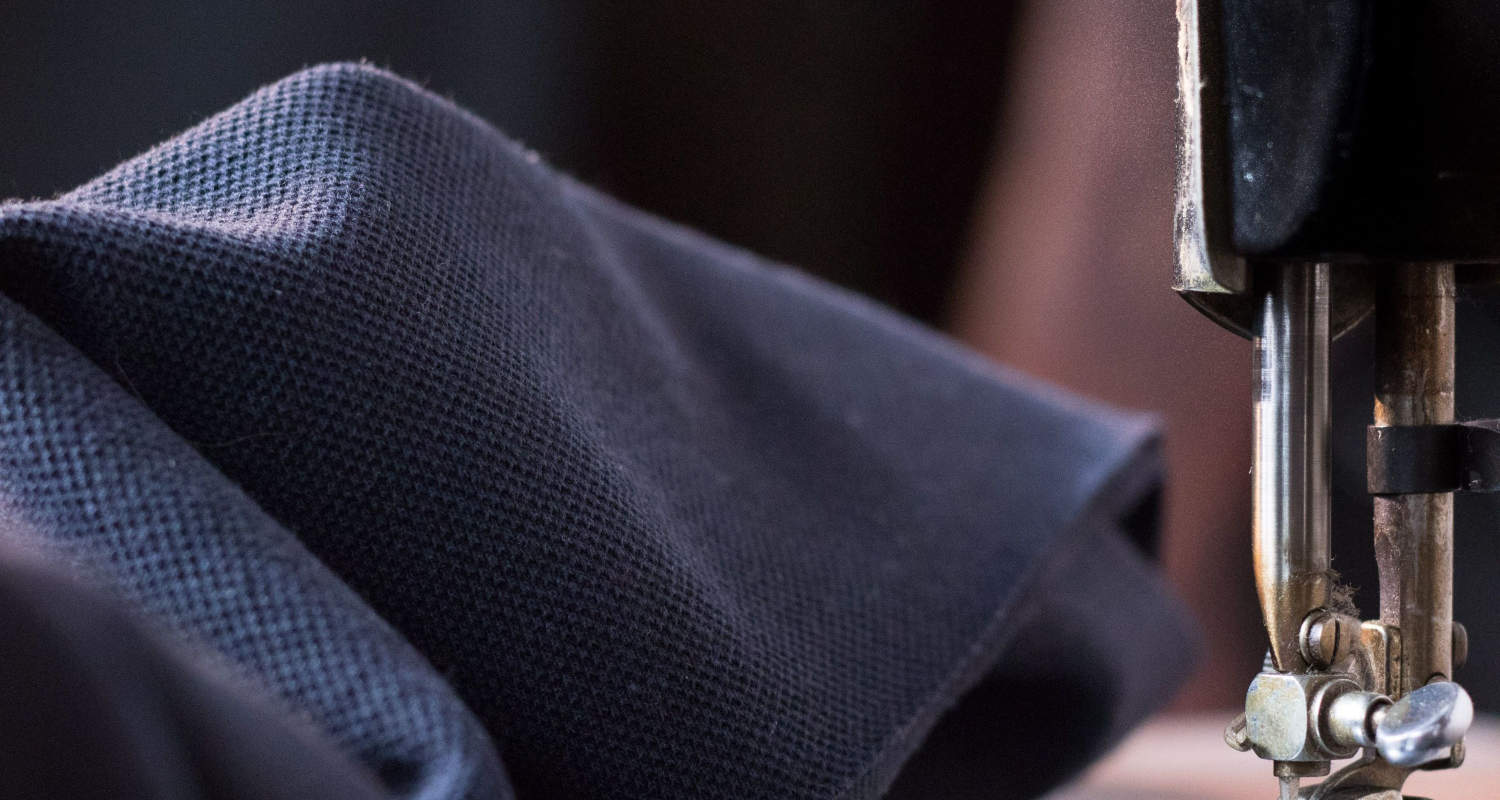 Here’s the reason picking a respectable and solid brand matters:
Here’s the reason picking a respectable and solid brand matters:
- Quality Confirmation: Laid-out and respectable sewing machine brands have a history of delivering great machines. Therefore, their obligation to quality control guarantees a significantly developed and dependable sewing machine.
- Strength and Life span: Solid brands frequently utilize rigid materials and accurate design in the assembling system. This outcome in sewing machines that are worked to endure ordinary use and give numerous long periods of administration.
- Client care: Trustworthy brands ordinarily offer amazing client care administrations. If you experience issues with your machine or need help, a dependable brand is bound to give supportive direction, investigation, and admittance to approved help communities.
- Accessibility of Embellishments: Laid-out brands, as a whole, have many embellishments and viable presser foot promptly accessible. This guarantees you can efficiently find suitable instruments and parts for your sewing needs.
- Advancement and Innovation: Driving brands frequently put resources into innovative work, prompting advancements in sewing machine innovation. Moreover, by picking a dependable brand, you are bound to approach progressed elements and capacities that upgrade your sewing experience.
- Resale Worth: Sewing machines from trustworthy brands will often hold their worth better over the long run. Hence, if you upgrade or sell your device, you’ll probably get a better resale cost for a perceived brand.
- Client People group: Laid-out brands frequently have a strong client local area, including on-the-web discussions, virtual entertainment gatherings, and devoted sites. Moreover, these people groups can be essential wellsprings of data, tips, and backing for clients of explicit sewing machine brands.
- Guarantee and Dependability: Numerous trustworthy brands offer liberal guarantees on their machines.
See Also: How to Quilt on a Regular Sewing Machine: Expert Tips
Methods for Making a Sharp Sewing Machine:
Putting resources into a sewing machine is a significant choice, and pursuing the ideal decision that is affordable enough for you guarantees a delightful sewing experience. Here are a few hints to assist you with making an insightful venture:
Survey Your Sewing Needs: Consider the kind of sewing projects you intend to embrace. Whether it’s essential clothing fixes, knitting, weaving, or concentrated creation, your machine should meet your particular requirements.
Set a Financial plan: Decide the amount you’re willing to spend. A financial plan as a primary concern limits your choices and forestalls overspending.
Research Brands: Search for trustworthy sewing machine brands known for quality, sturdiness, and client assistance. Not only understand surveys and but also look for suggestions from experienced sewers.
Think about the Kind: Pick among mechanical and automated machines in view of your innovation and the intricacy of your activities.
Assess Elements: Distinguish the fundamental highlights you require. While additional highlights can be captivating, center around what you’ll utilize routinely to avoid paying for extra items.
Test the Machine: Whenever the situation allows, test the sewing machine face-to-face. This active experience permits you to evaluate its ease of use and solace.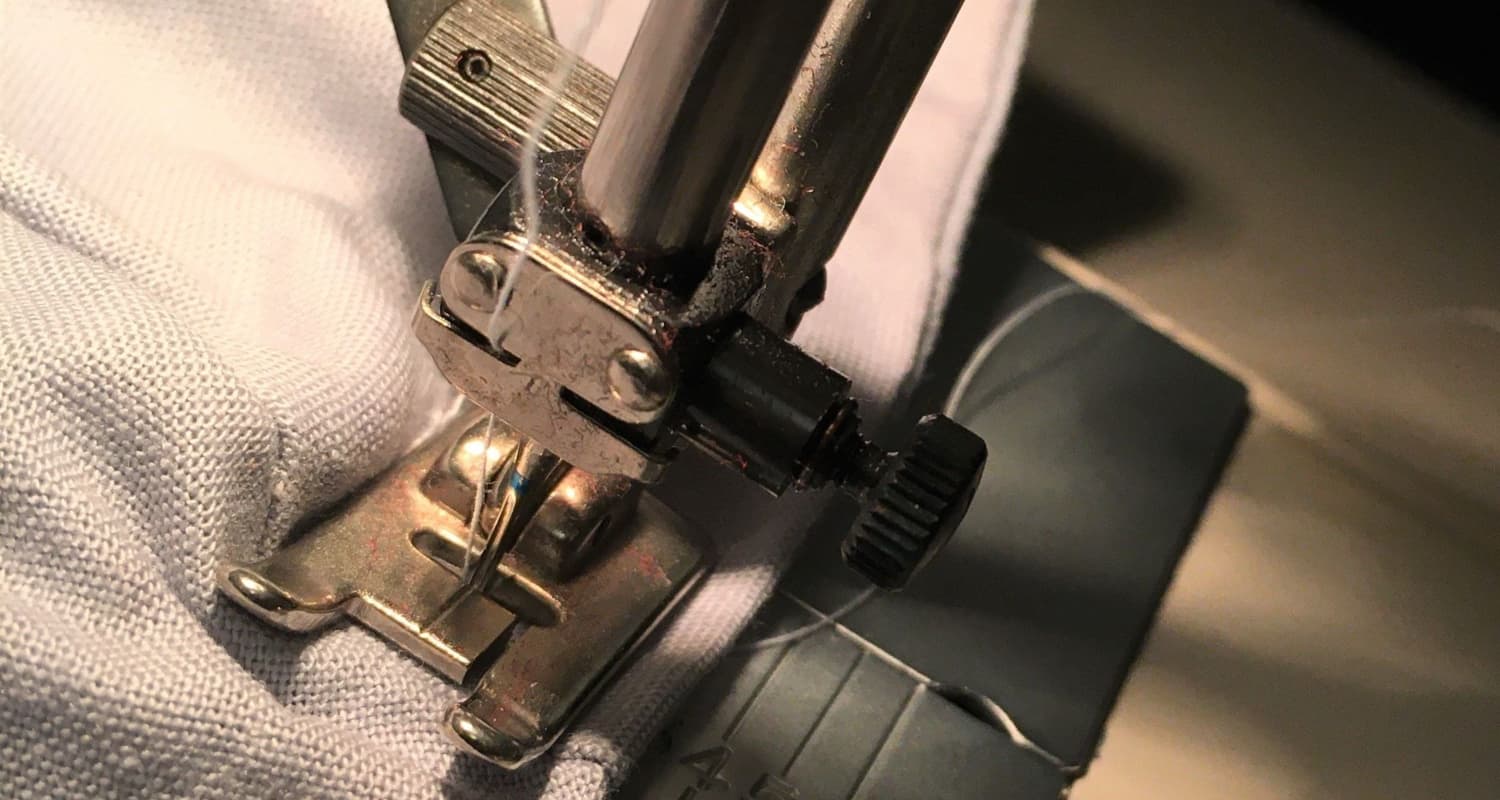
Look at Guarantee and Backing: Audit the producer’s guarantee and client care strategies. A dependable guarantee and open client care can be significant if there should be an occurrence of issues.
Think about Utilized or Revamped Machines: If you’re on a limited budget, consider buying a previously owned or production line revamped sewing machine. As a result, These can offer extraordinarily worthwhile setting aside your cash.
Check Client Reviews: Client reviews give good knowledge about the machine.
See Also: How to Thread Sewing Machine Needle: Step-by-Step Tutorial
FAQs
How much does a sewing machine cost?
The cost of a sewing machine varies widely based on factors like brand, type, and features. Entry-level machines can be as low as $100, while high-end or specialized models can reach several thousand dollars.
Is the cost of a sewing machine budget-friendly?
Some sewing machines are budget-friendly, with entry-level models priced reasonably. However, high-end and specialized devices can be costly, making it essential to choose one that fits your budget.
Are sewing machine prices rising?
Demand, technology upgrades, and inflation can fluctuate sewing machine prices. While some models become more affordable over time, others with advanced features may see price increases.
What is the average cost of a sewing machine?
The average cost of a sewing machine depends on the type and brand. On average, entry-level machines range from $100 to $300, mid-range machines from $300 to $800, and high-end or specialized machines from several hundred to several thousand dollars.
Conclusion
In conclusion, “How much do sewing machines cost?” is quickly answered. In sewing, costs can vary as widely as the stitches themselves. From budget-friendly options to high-end marvels, sewing machines offer choices for all. Understanding the pricing ensures that, regardless of budget, every aspiring creator can stitch their dreams into reality with the perfect sewing machine.
See Also: How to Make Pants Waist Smaller Without Sewing: Simple Tricks

I am Sammy and I blog at Live it. Love it. Make it. It is creative lifestyle blog run by best friends H and Sammy. Head over and follow our crafty adventures!

